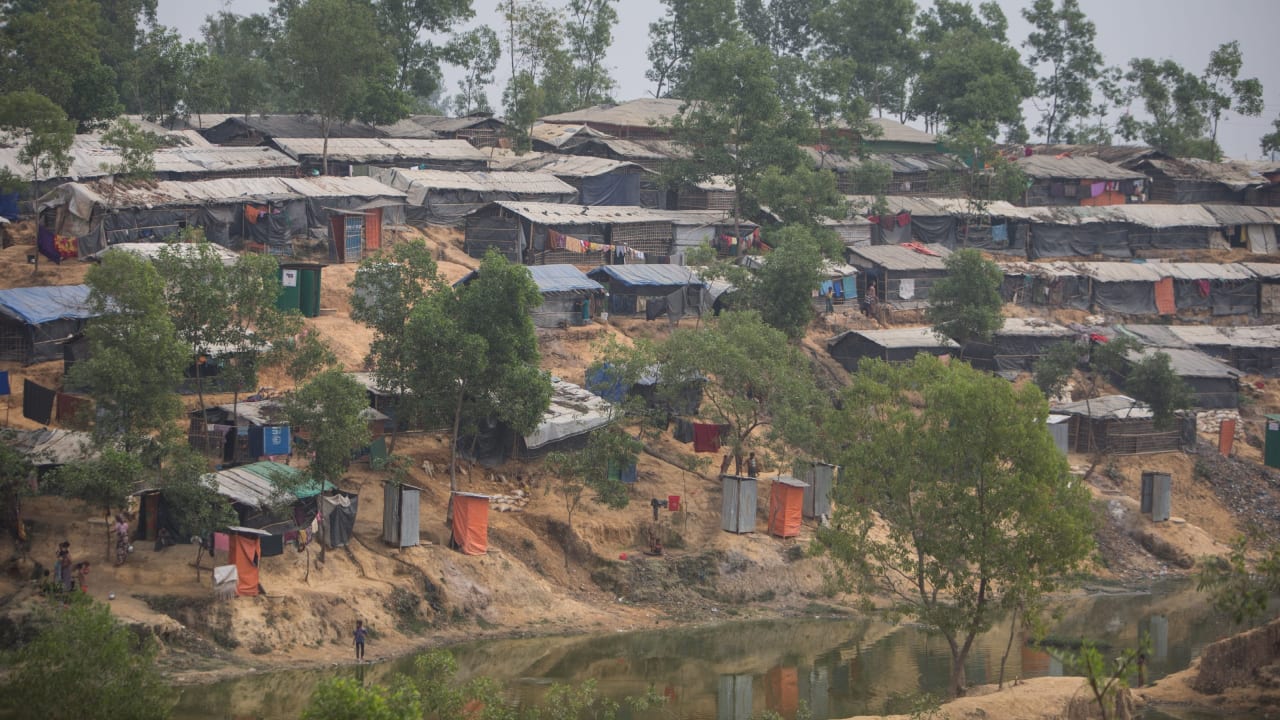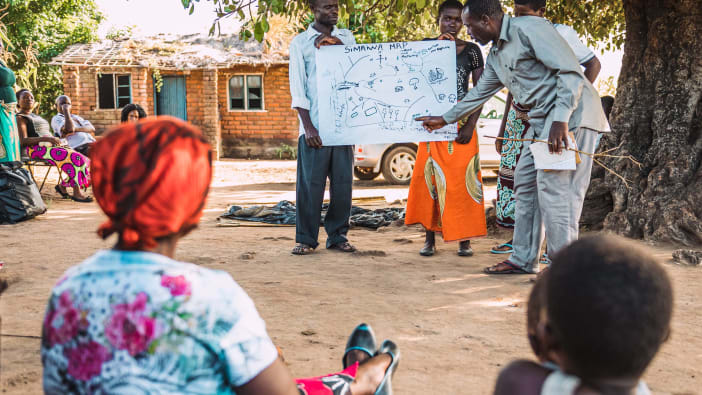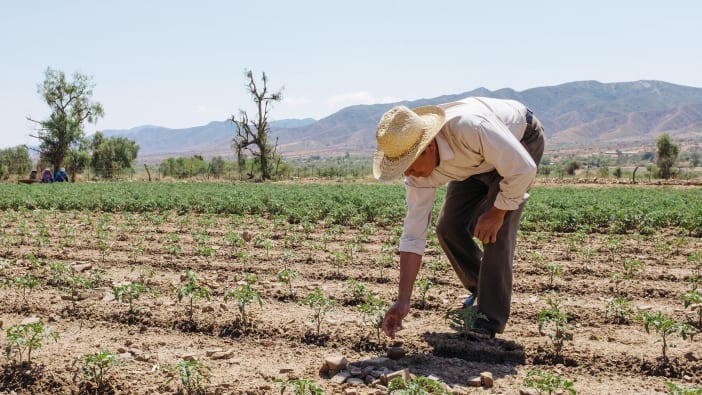Tearfund is committed to humanitarian and development work that ensures environmental and economic sustainability (EES) and reduces exposure and vulnerability to risk.
This guide gives users in an emergency context an overview of the common gaps in achieving EES and provides a quick reference to existing tools for addressing those gaps in humanitarian interventions.
It advises field staff and Tearfund partners on how to respond to a humanitarian crisis, prepare a response, or develop a longer-term disaster risk reduction project.









